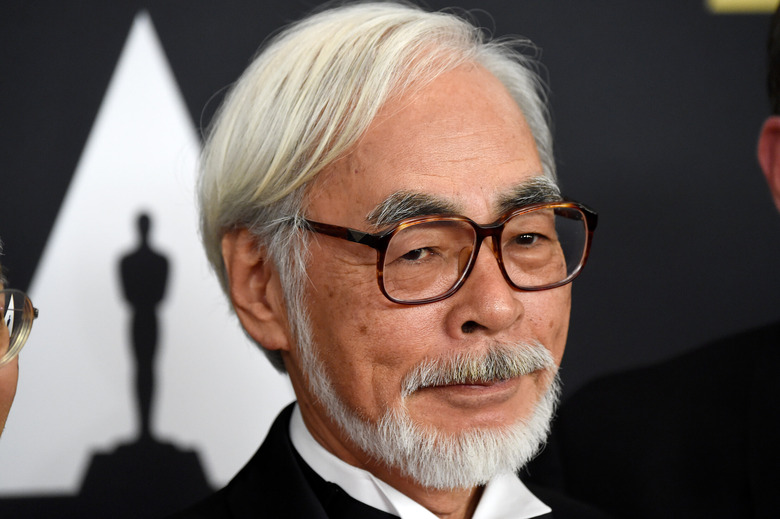This Clip Of Studio Ghibli's Hayao Miyazaki Railing Against AI Is More Relevant Now Than Ever
OpenAI's top executives in recent days have been on something of a charm offensive in Hollywood, setting up meetings with executives from studios like Paramount and Warner Bros. Discovery. The goal, at least in part, is to assuage the film bosses' fear that OpenAI tools like the video-generation software Sora are meant to steamroll over their business. That AI, in other words, doesn't have to be regarded as the enemy of an artistic enterprise.
Sora's stunning, hyper-realistic videos that it generates in seconds from a user's basic text prompt are as jaw-dropping as they are a bit shocking. In fact, they're exactly the kind of thing that the co-founder of Studio Ghibli, the beloved animation studio behind films like Howl's Moving Castle, railed against in a meeting years ago with animators and designers — resulting in a clip that went viral at the time, but which is arguably more relevant than ever today.
The designers in that footage, which you can watch below, are seen making a pitch for the use of AI in animation, and they're showing Hayao Miyazaki, as well as Studio Ghibli producer Toshio Suzuki, how AI has "animated" an ugly, fleshy monster writhing across a floor.
"It looks like it's dancing," the presenter explains.
Miyazaki watches the presentation impassively.
"It's moving by using its head," the presenter continues. "It doesn't feel any pain and has no concept of protecting its head. It uses its head like a leg. This movement is so creepy and could be applied to a zombie video game. Artificial intelligence could present us grotesque movements that we humans can't imagine."
Mind you, the presenter is explaining all of this and making a pitch for the use of AI in animation to one of the greatest animators who's ever lived. Accordingly, Miyazaki pulls no punches once the presentation is over, and it's time to weigh in with his own judgment. First, though, he shares an anecdote.
"Every morning, not in recent days, I see my friend who has a disability," Miyazaki says. "It's so hard for him just to do a high five. His arm with stiff muscle can't reach out to my hand [he demonstrates the gesture]. Now, thinking of him, I can't watch this stuff and find it interesting. Whoever creates this stuff has no idea what pain is."
The designers explain that this is just an experiment — a sort of proof of concept, as it were. Suzuki chimes in with a single question of his own for the designers: So, what's your goal here? One of them responds that they would, indeed, like to create a machine that can draw pictures like humans do. At this point, Miyazaki has had enough.
"I am utterly disgusted," he says. "If you really want to make creepy stuff, you can go ahead and do it, but I would never wish to incorporate this technology into my work at all. I strongly feel that this is an insult to life itself."
And as if that wasn't bad enough, the clip ends with a lamentation from the Studio Ghibli boss — "I feel like we are nearing the end of times. We humans are losing faith in ourselves." The sort of words that one wishes the Hollywood studio chiefs had the courage to likewise speak to the OpenAI representatives, rather than offering what I'm willing to bet was their most likely response to an AI tool like Sora: That this might be a great way to save money.
